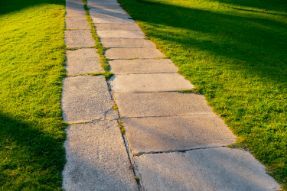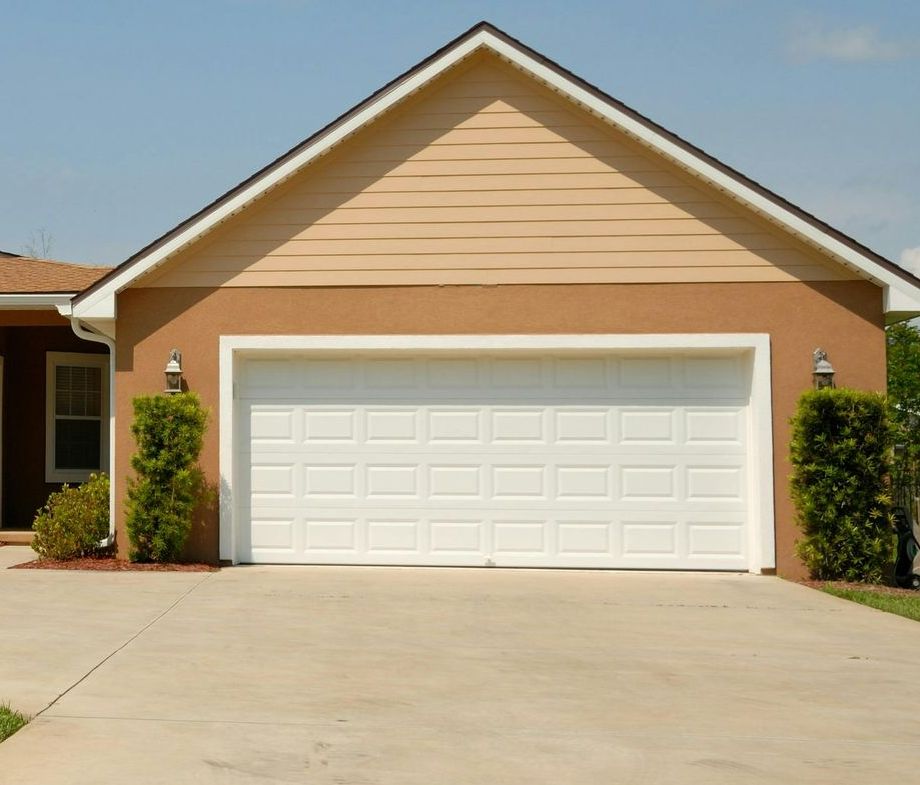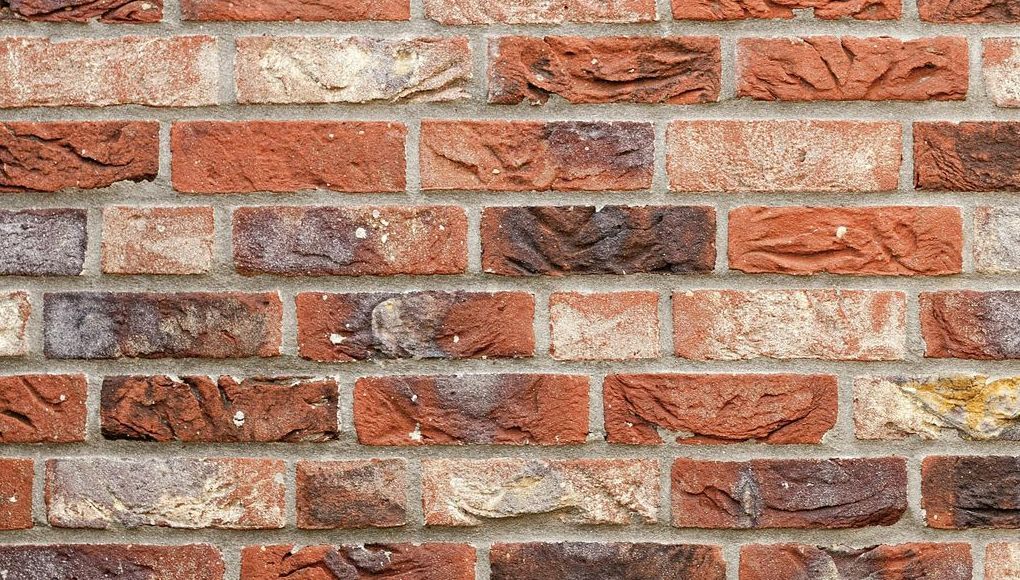Repair and Resurface Concrete Pathways in 6 Easy Steps
Concrete pathways can be a great addition to any property, but they may show signs of wear and tear over time. If your concrete pathway looks worse for wear, don't worry - there are ways to repair and resurface it! This blog post will discuss the steps you need to take to repair and resurface your concrete pathway.

Clean the pathway surface and remove any debris
The first step to repairing and resurfacing a concrete pathway is cleaning the pathway surface and removing debris. This can be done with a power washer or a stiff brush. This will ensure the new resurfacing material will adhere properly to the concrete.
Repair any cracks or holes in the concrete with a concrete patching compound
Once you have cleaned the concrete surface and removed any loose debris, the next step is to repair any cracks or holes. If the damage is extensive, it may be necessary to use a concrete saw to remove the damaged section before patching. For small cracks and holes, a concrete patching compound can be used. Apply the mixture with a trowel and smooth it over the surface. Once dry, the patched area will be solid and durable. However, it is essential to remember that patched areas will not match the rest of the concrete surface in colour or texture. As such, they may be more susceptible to future damage.
Apply a coat of resurfacing compound to the entire pathway surface
After the damaged area has been repaired and any cracks have been filled, it's time to apply a coat of resurfacing compound to the entire pathway surface. This will give the pathway a smooth, even finish and help to protect it from future damage. Resurfacing combinations are available in various colours, so you can choose one that complements your home's décor. Usually, the resurfacing compound can be applied with a roller or brush. Once used, you'll need to give it time to dry according to the manufacturer's instructions.
Smooth out the resurfacing compound with a trowel
Next, it is time to smooth it out with a trowel. This step is essential to create a smooth surface that will be safe to walk on. In addition, smoothing out the resurfacing compound will help blend it with the surrounding concrete. Start by running the trowel over the surface of the resurfacing combination in one direction. Then, go over the surface again in the opposite direction. Continue until the resurfacing compound is entirely smooth.
Allow the resurfacing compound to dry completely
The next step in resurfacing a concrete pathway is to allow the resurfacing compound to dry completely. Depending on the temperature and humidity, this usually takes 24 hours but may take longer. Once the resurfacing combination is dry, it will be rugged and durable, protecting the concrete pathway from future wear and tear. If unsure whether the resurfacing compound is completely dry, you can test it by gently pressing your finger into the surface. It is still wet if it leaves an imprint; if it does not, it is dry. Once you know the resurfacing compound is dry, you can enjoy your newly repaired concrete pathway.
Seal the repaired pathway with a concrete sealant
The last step to repair and resurface your concrete pathway is to seal it with a concrete sealant. This will help protect the repairs from weathering and external damage and improve the overall appearance of the path. A variety of bonds are available on the market, so be sure to choose one specifically designed for concrete. Once the adhesive has been applied, allow it to dry completely before walking on the surface or replanting any vegetation. Your concrete pathway will provide years of use and enjoyment with some care and maintenance.
Concrete pathways can be damaged by weather and time. If you have a concrete path on your property, fixing any damage as soon as possible is vital. Contact us today at 08 6186 7423 if you need assistance repairing your concrete pathway!


